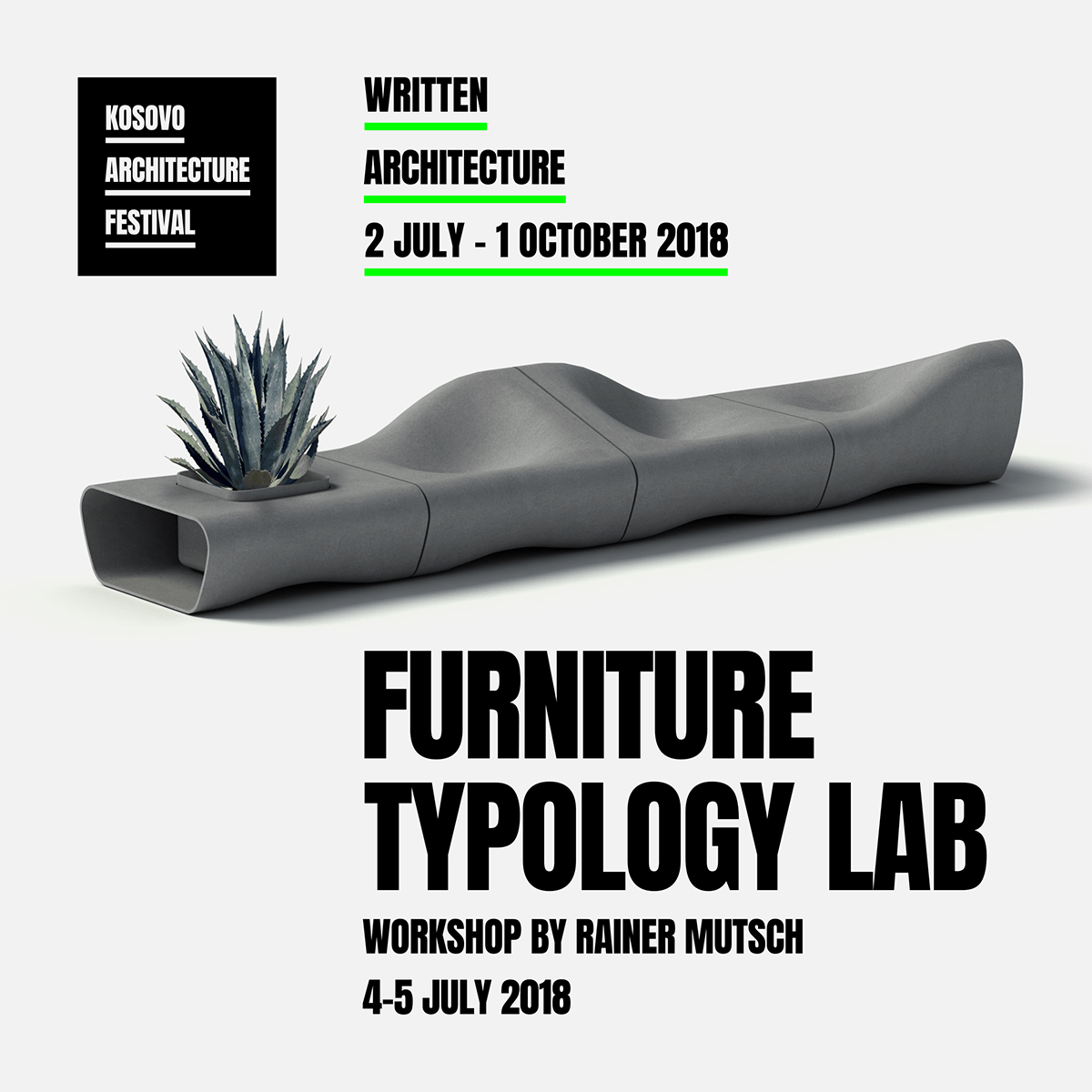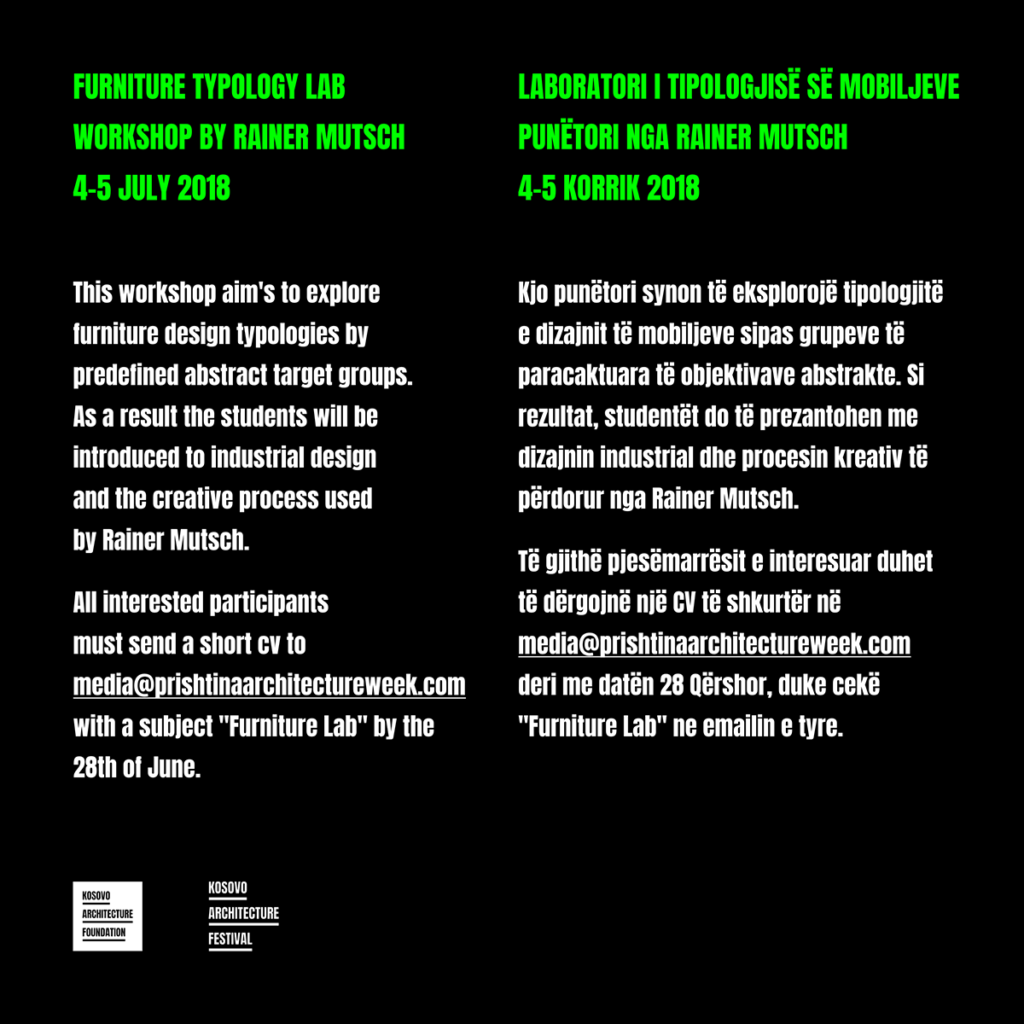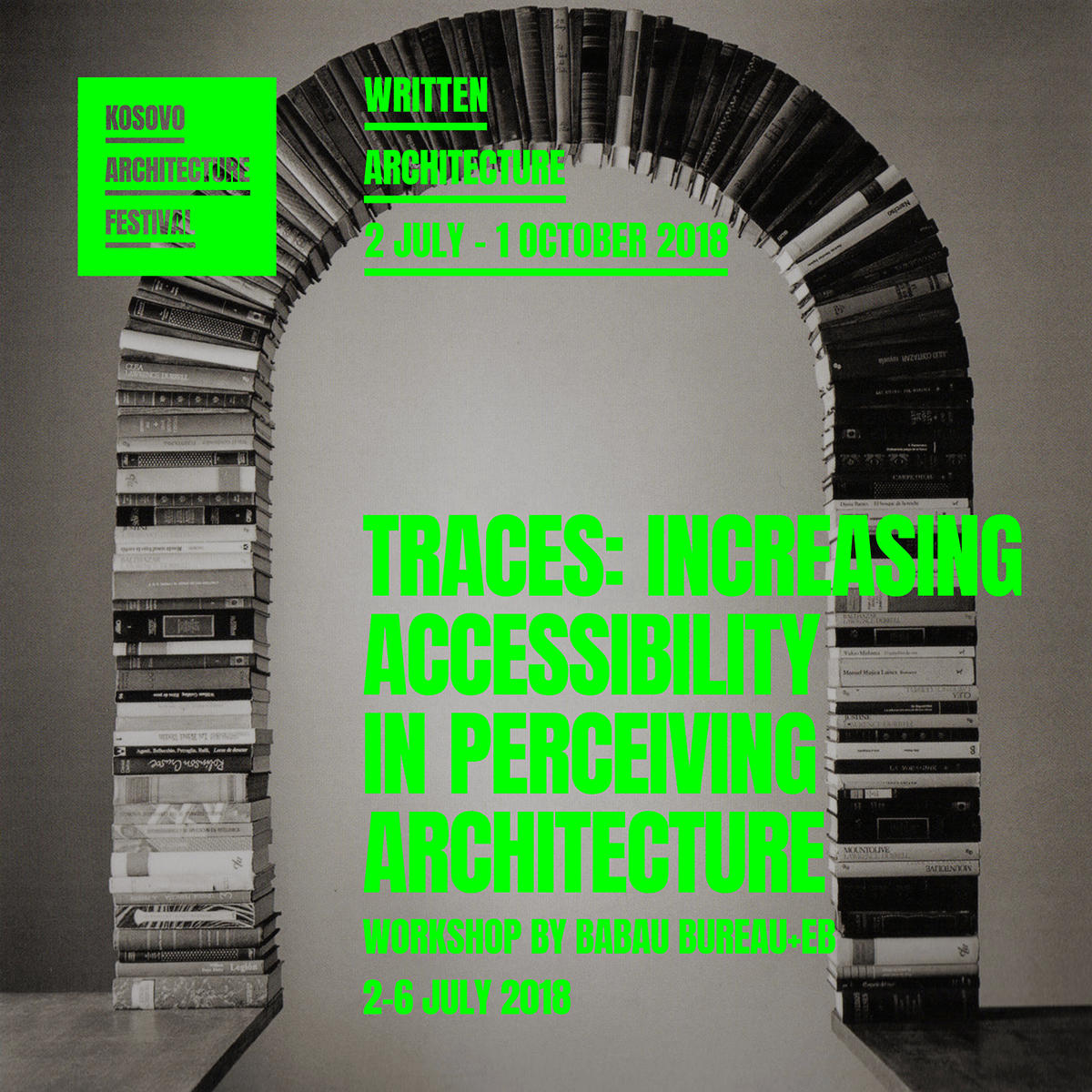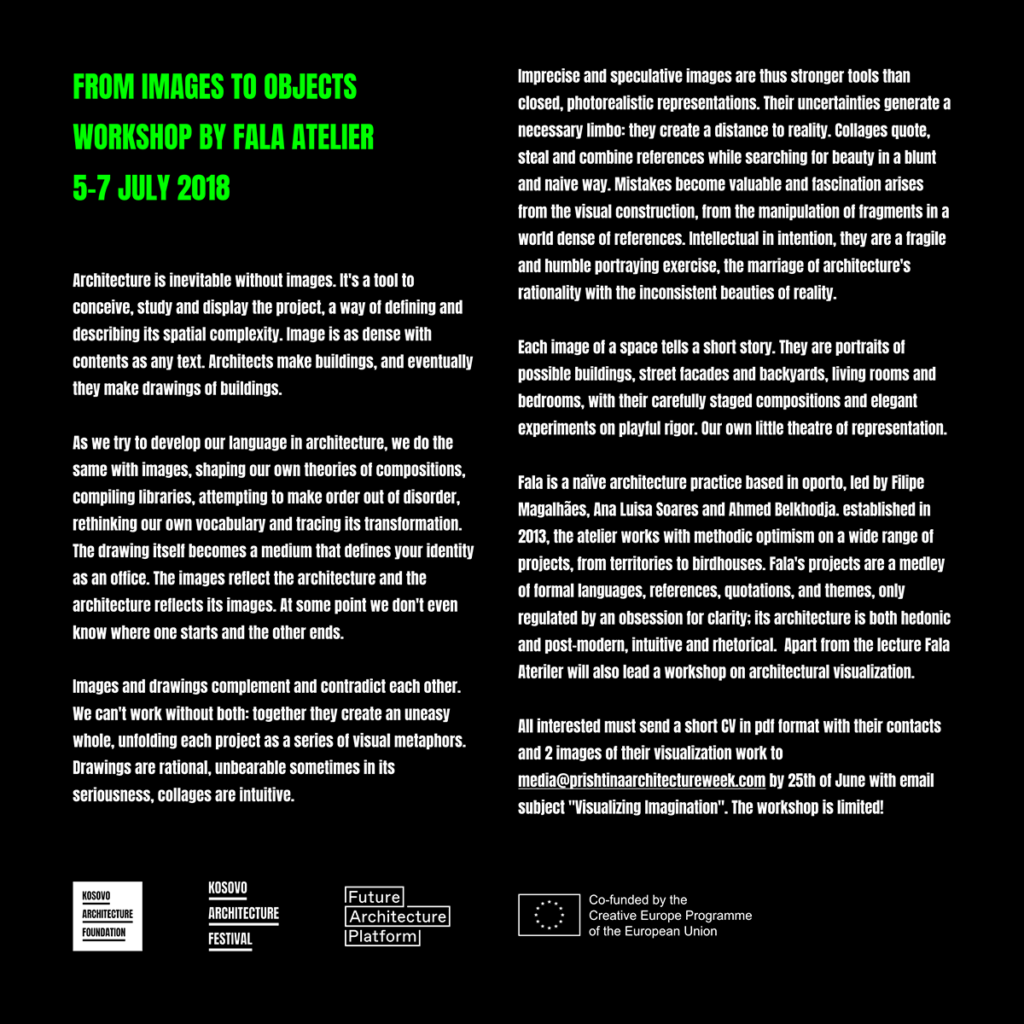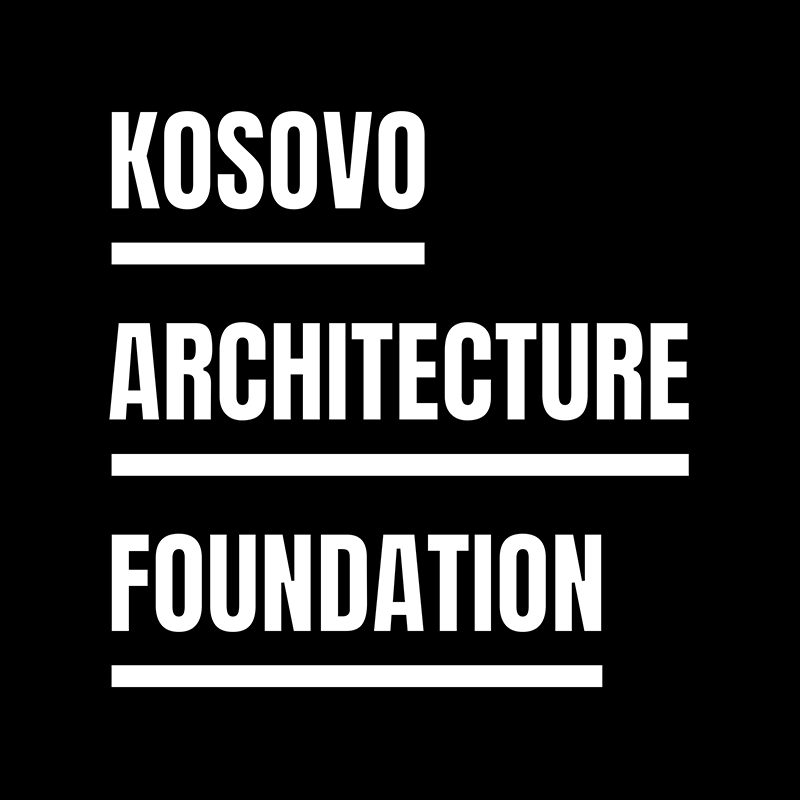

REFRAMING THE PUBLIC REALM WORKSHOP
EN/
“The public realm encompasses more than the streets and sidewalks of the city. It entails the complete social and public experience of moving through a city, from the inside of a cafe to the pathways of a park or waterfront, and the shifting vantage points that knit streets, sidewalks, shops, facades, and buildings into the whole urban experience.”
“From the pedestrian’s perspective, the scale at which we can best judge the success of urban design, fine grained elements of buildings, streets, sidewalks, plantings, seating, lighting and other details help create an intimate human experience and contribute to the character and identity of a particular neighborhood.”
NYC Urban Design Principles
New York City is famous for some great public spaces, including the beloved Bryant Park, Central Park and now the High Line, to name just a few; but it has only recently discovered that it has a much more comprehensive public realm. Unlike cities in Europe, cities in America, including NYC, have until very recently viewed streets as places primarily for cars and private land primarily for private users. It was not until the Bloomberg administration, and its release of PlaNYCin 2007, that the city began to view itself differently, from the pedestrian point of view and as a city for people. Deriving public benefit from private development was now the primary challenge.
This workshop will share some lessons learned from the Bloomberg years, what worked, what didn’t and what can be applied to other cities around the world, including Prishtina. Focusing on Lakrishta, and the center, we will apply NYC’s urban design principles and protocol, including the sidewalk toolkit, to analyze one neighborhood in particular and come up with a variety of proposals to improve its public realm.
Requirements for participation are enthusiasm about the city and the built environment. Students and recent graduates from the fields of architecture, landscape architecture, urban design, as well as sociology, philosophy, or art are strongly encouraged to apply. Participants are expected to actively contribute to the workshop for its whole duration.
All interested must send a resume (max 2 pages in pdf preferred) to workshops.kaf@gmail.com or workshops@kosovoarchitecture.com by the 28th of June 2019, with “Reframing Public Realm” as the subject.
The workshop will be led by Jeffrey Shumaker, Former Chief Urban Designer, NYC.

SHQ/
“Sfera publike përfshin më shumë se rrugët dhe trotuaret e qytetit. Përfshin përvojën e plotë shoqërore dhe publike për të lëvizur nëpër një qytet, nga brenda në një kafene deri te shtigjet e një parku apo buze uji, si dhe pika te ndryshme të vështrimit që ndërtojnë rrugët, trotuaret, dyqanet, fasadat dhe ndërtesat në gjithë përjetimin urban.”
“Nga këndvështrimi i këmbësorëve, shkalla në të cilën ne mund të gjykojmë më së miri suksesin e dizajnit urban, elementët e ndërtesave, rrugët, trotuaret, gjelbërimi, ndriçimi dhe detaje të tjera ndihmojnë në krijimin e një përvoje intime njerëzore dhe kontribuojnë në karakterin dhe identitetin e një lagjeje të veçantë”.
Parimet e Dizajnit Urban të NYC
Qyteti i Nju Jorkut është i famshëm për hapësira të mëdha publike, duke përfshirë Bryant Park, Central Park dhe tani High Line në mes tjerash; por kohëve te fundit ka zbuluar se ka një sferë shumë më të plotë publike. Ndryshe nga qytetet në Evropë, qytetet në Amerikë, përfshirë NYC, deri vonë kanë parë rrugët kryesisht zona për makina dhe toka për përdoruesit privatë. Me administrimin e Bloomberg-ut dhe lirimin e PlaNYC-it në vitin 2007, fillohet dukshëm të vërehen ndryshimet në qytet, nga këndvështrimi i këmbësorëve dhe si një qytet i popullit. Arritja e përfitimit publik nga zhvillimi privat ishte sfida kryesore.
Kjo punëtori do të ndajë me pjesëmarrësit disa mësime të përfituara nga vitet e Bloomberg-ut, çfarë funksionoi e çfarë jo, si dhe çka mund të aplikohet në qytete të tjera anembanë botës, duke përfshirë Prishtinën. Duke u përqëndruar në Lakrishte dhe në qendrën e qytetit, ne do të aplikojmë parimet dhe protokollin e projektimit urban të NYC, duke përfshirë veglën e trotuareve, për të analizuar në veçanti një lagje dhe për të krijuar një sërë propozimesh për të përmirësuar fushën e saj publike.
Kërkesat për pjesëmarrje janë entuziazëm rreth qytetit dhe mjedisit të ndërtuar. Studentët dhe të diplomuarit e rinj nga fushat e arkitekturës, arkitekturës së peizazhit, dizajnit urban, sociologjisë, filozofisë ose artit inkurajohen fuqishëm të aplikojnë. Pjesëmarrësit pritet të kontribuojnë në mënyrë aktive në punëtori për tërë kohëzgjatjen e saj.
Të gjithë të interesuarit duhet të dërgojnë një CV (max 2 faqe në PDF ) në workshops.kaf@gmail.com ose/dhe workshops@kosovoarchitecture.com deri më 28 qershor 2019, me temë “Reframing Public Realm” si titull i emaillit.
Punëtoria do të udhëhiqet nga Jeffrey Shumaker, ish Kryeshef i Planifikimit Urban në New York.




